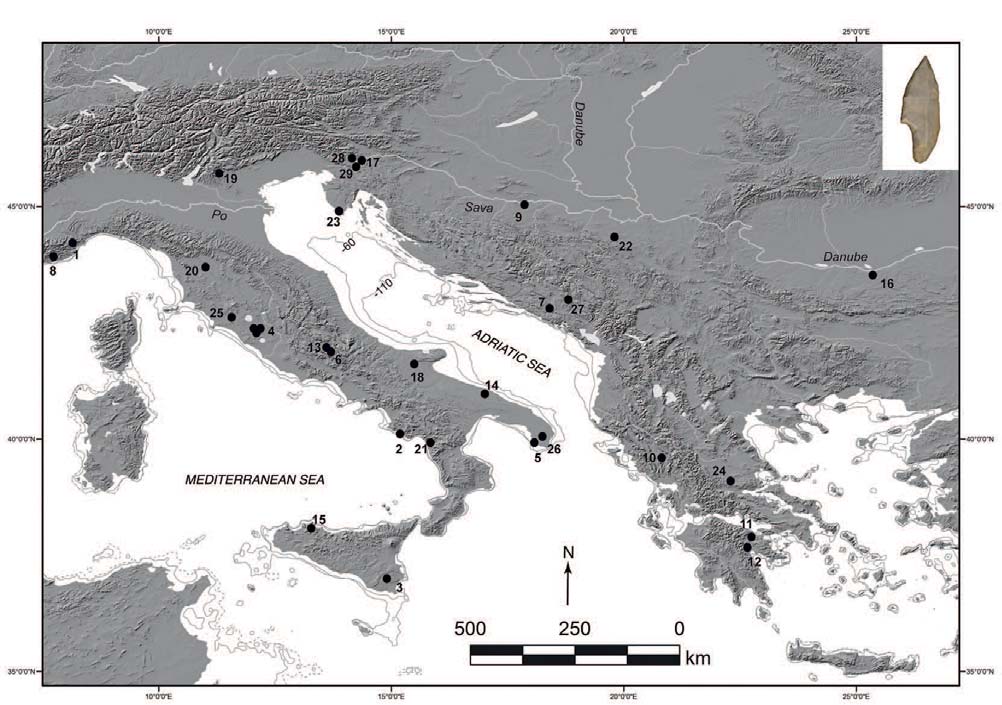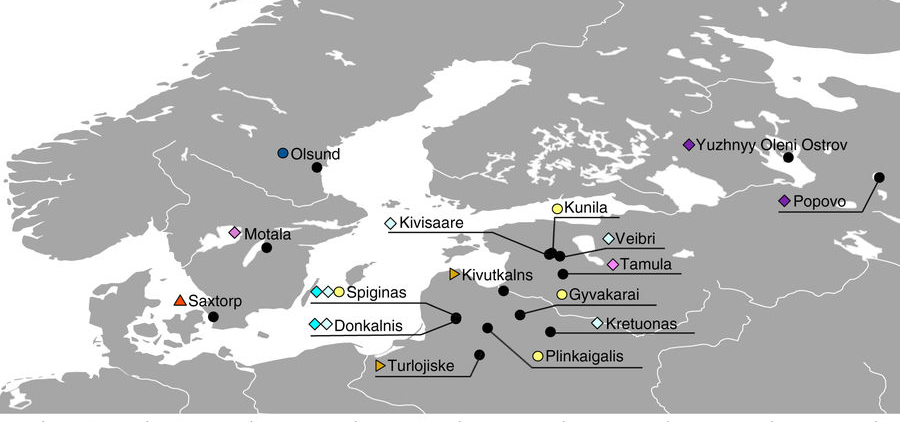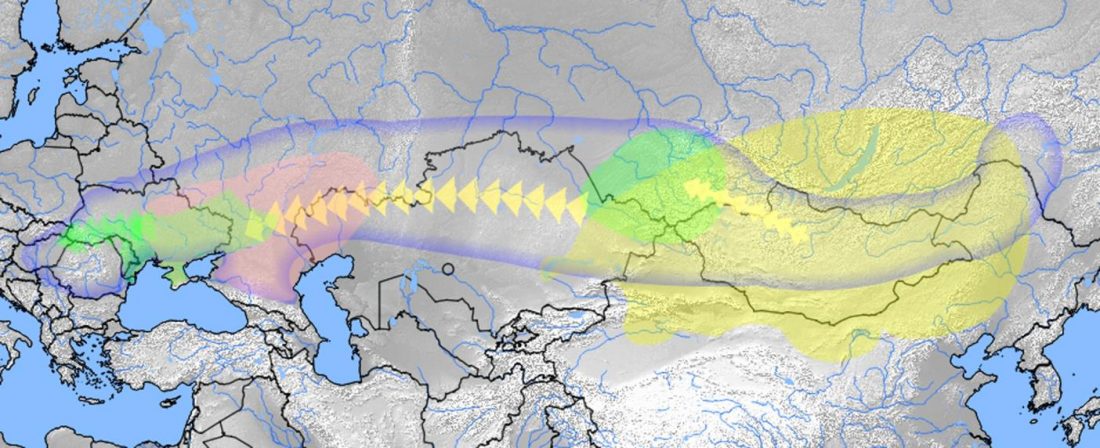Palaeolithic and Mesolithic connections between Italy and the Balkans, and the potential expansion of the Villabruna cluster and haplogroup R1b in Europe
My speculative bet on the arrival of haplogroup R1b to Europe (and the expansion of R1b-V88 to Africa through southern Italy) was based initially entirely on genomic (especially phylogeographic) finds, but judging by data on the latest papers on south-eastern Europe it seems to have been the right choice.
Archaeological information on these prehistoric periods is scarce – compared to more recent times -, and anthropological models of migration are therefore speculative. Some information on the potential periods for its expansion are contained in the chapter Social Networks and Connectivity among the Palaeolithic and Mesolithic Foragers of the … Read the rest “Palaeolithic and Mesolithic connections between Italy and the Balkans, and the potential expansion of the Villabruna cluster and haplogroup R1b in Europe”





